Hummus is a popular Middle Eastern dip or spread made primarily from cooked, mashed chickpeas blended with tahini (a paste made from sesame seeds), lemon juice, and garlic. It’s a staple in many Middle Eastern and Mediterranean cuisines, celebrated for its creamy texture and rich, nutty flavor.
Traditionally, hummus is served as a part of mezze platters—assorted small dishes that also can include falafel, tabbouleh, and olives, among other items. It’s often garnished with ingredients like olive oil, paprika, parsley, or whole chickpeas and is typically accompanied by pita bread, fresh vegetables, or as a spread in sandwiches and wraps.
Beyond its delicious taste, hummus is also valued for its nutritional profile. It is high in protein and fiber, which can contribute to feeling full and satisfied, and it contains various vitamins and minerals. Its main ingredients, particularly chickpeas and tahini, provide healthful fats, iron, B vitamins, and other nutrients, making it a favored choice for vegetarians and vegans as well as a healthy option for anyone looking to incorporate more plant-based foods into their diet.
Ingredients:
- 1 cup dried chickpeas (or 2-3 cups cooked chickpeas)
- 1 teaspoon baking soda (for soaking the dried chickpeas, optional)
- 1/2 cup tahini (sesame paste)
- 2-4 cloves garlic, minced
- 1/4 cup fresh lemon juice (about 1-2 lemons)
- 1 teaspoon salt, or to taste
- 2-4 tablespoons ice-cold water
- Extra virgin olive oil, for serving
- Paprika or sumac, for garnish
- Fresh parsley, chopped, for garnish
Instructions:
- Soak the Chickpeas (if using dried): Rinse the dried chickpeas and soak them overnight in a large bowl with plenty of water and 1 teaspoon of baking soda. The next day, drain and rinse the chickpeas.
- Cook the Chickpeas: Place the soaked chickpeas in a pot and cover them with fresh water. Bring to a boil, then reduce the heat and simmer for 1-2 hours, or until the chickpeas are very tender. Skim off any foam that forms on the surface. Drain the chickpeas and let them cool slightly.
- Blend the Hummus: In a food processor, combine the cooked chickpeas, tahini, minced garlic, lemon juice, and salt. Process until smooth. While the processor is running, slowly add the ice-cold water, one tablespoon at a time, until the hummus reaches your desired consistency.
- Adjust Seasonings: Taste the hummus and adjust the seasoning with more salt, lemon juice, or garlic as needed.
- Serve: Transfer the hummus to a serving dish. Create a shallow well in the center of the hummus and drizzle with olive oil. Sprinkle paprika or sumac and chopped parsley over the top for garnish.
- Enjoy: Serve the hummus with warm pita bread, vegetables, or as a spread in sandwiches or wraps.

Nutritional Info Per Serving (1/4 cup)
Calories: 140-160 kcal
Protein: 4-5 g
Carbohydrates: 13-15 g
Fiber: 3-4 g
Sugars: 2-3 g
Fat: 8-10 g
Saturated Fat: 1-1.5 g
Monounsaturated Fat: 4-5 g
Polyunsaturated Fat: 2-3 g
Cholesterol: 0 mg
Sodium: 150-200 mg
Potassium: 150-200 mg
Iron: 1-2 mg
Calcium: 30-40 mg
Vitamin C: 3-4 mg
Nutritional Highlights
High in Fiber: Hummus is a good source of dietary fiber, which is important for digestive health and can help regulate blood sugar levels.
Plant-Based Protein: Chickpeas provide a decent amount of protein, making hummus a great option for vegetarians and vegans.
Healthy Fats: The tahini and olive oil in hummus contain heart-healthy unsaturated fats.
Vitamins and Minerals: Hummus provides various essential nutrients, including iron, calcium, and vitamin C.
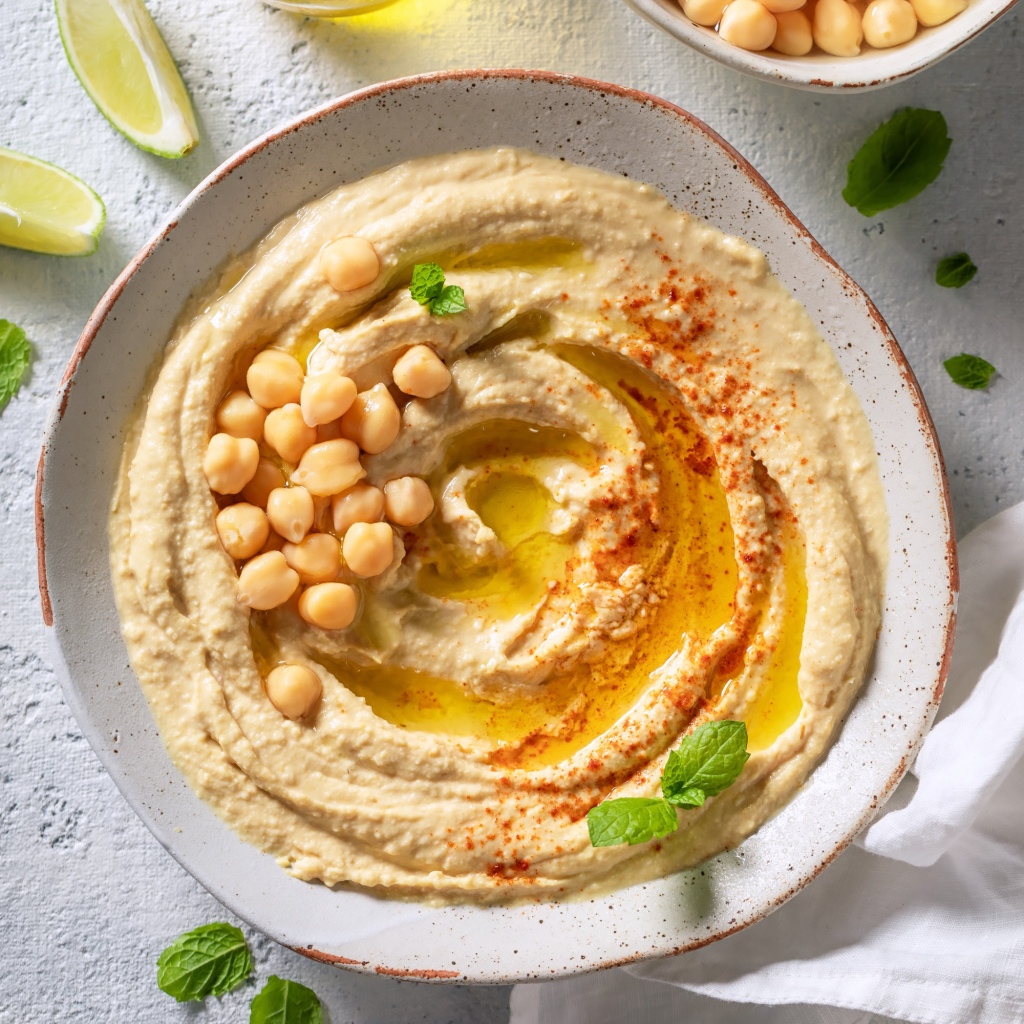


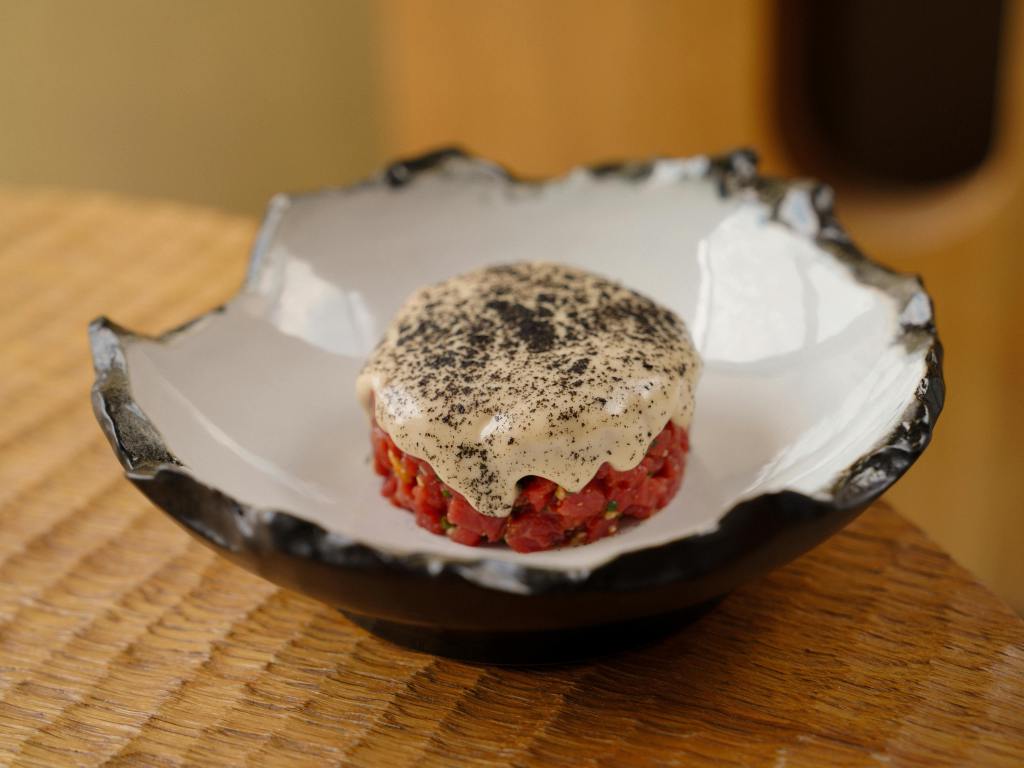
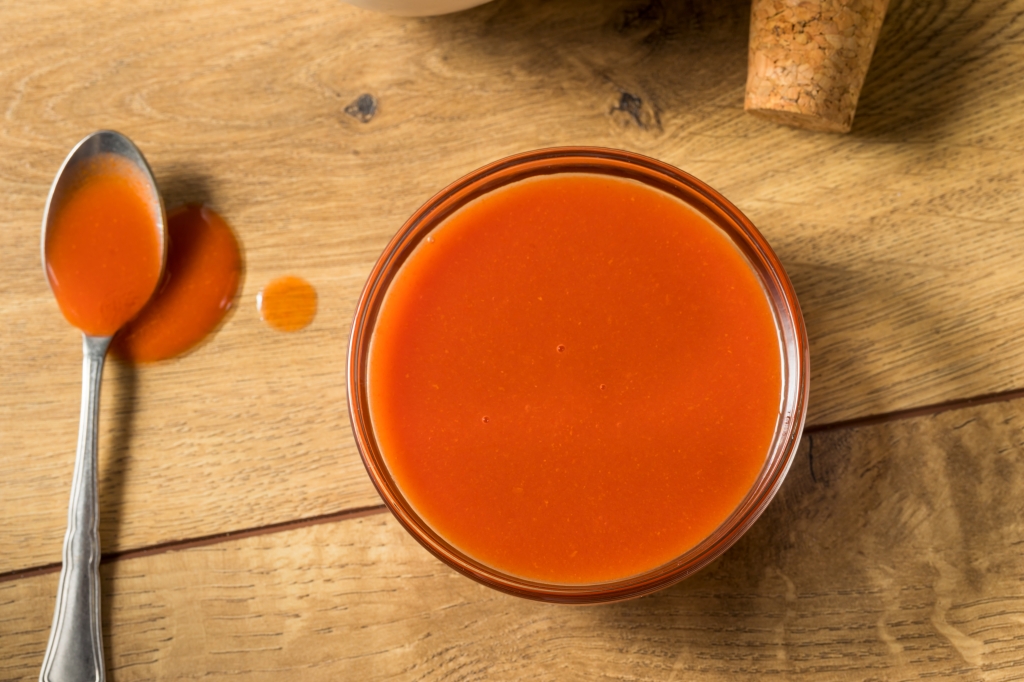
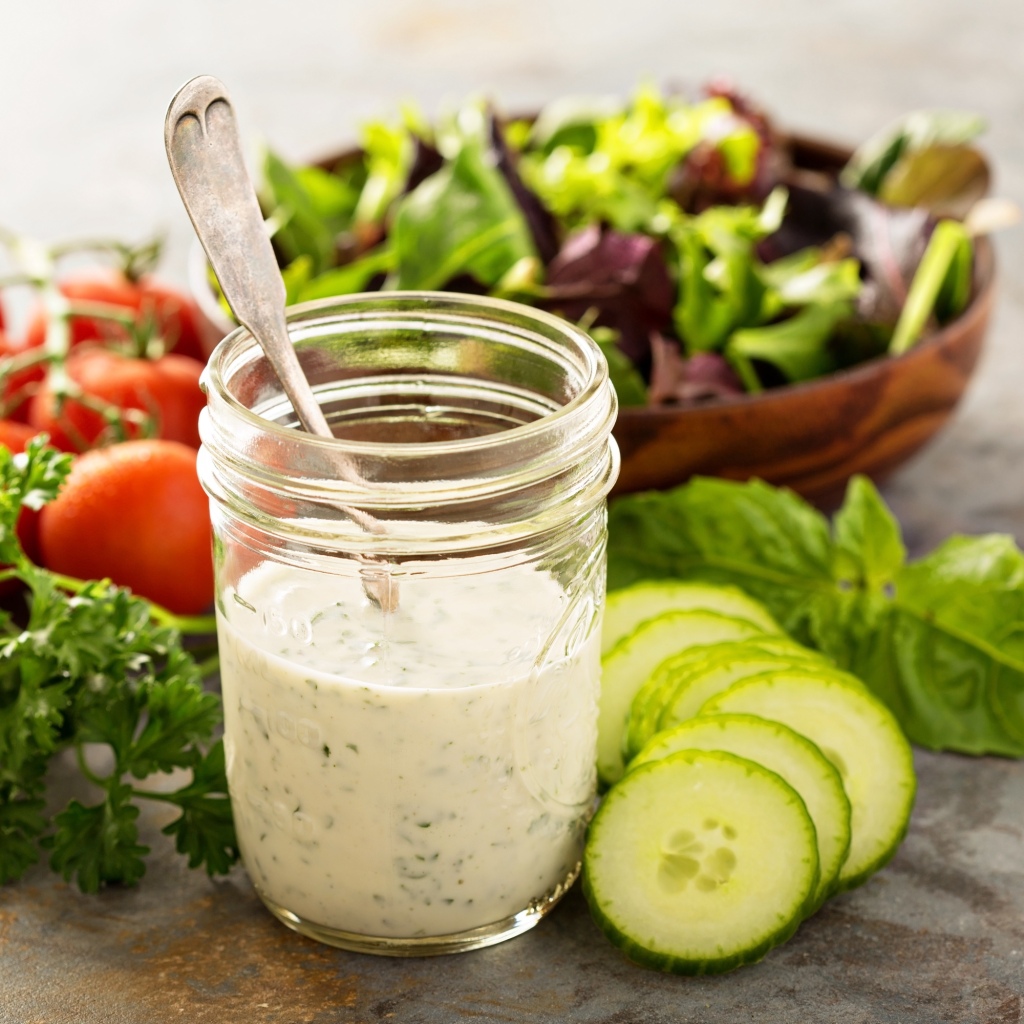
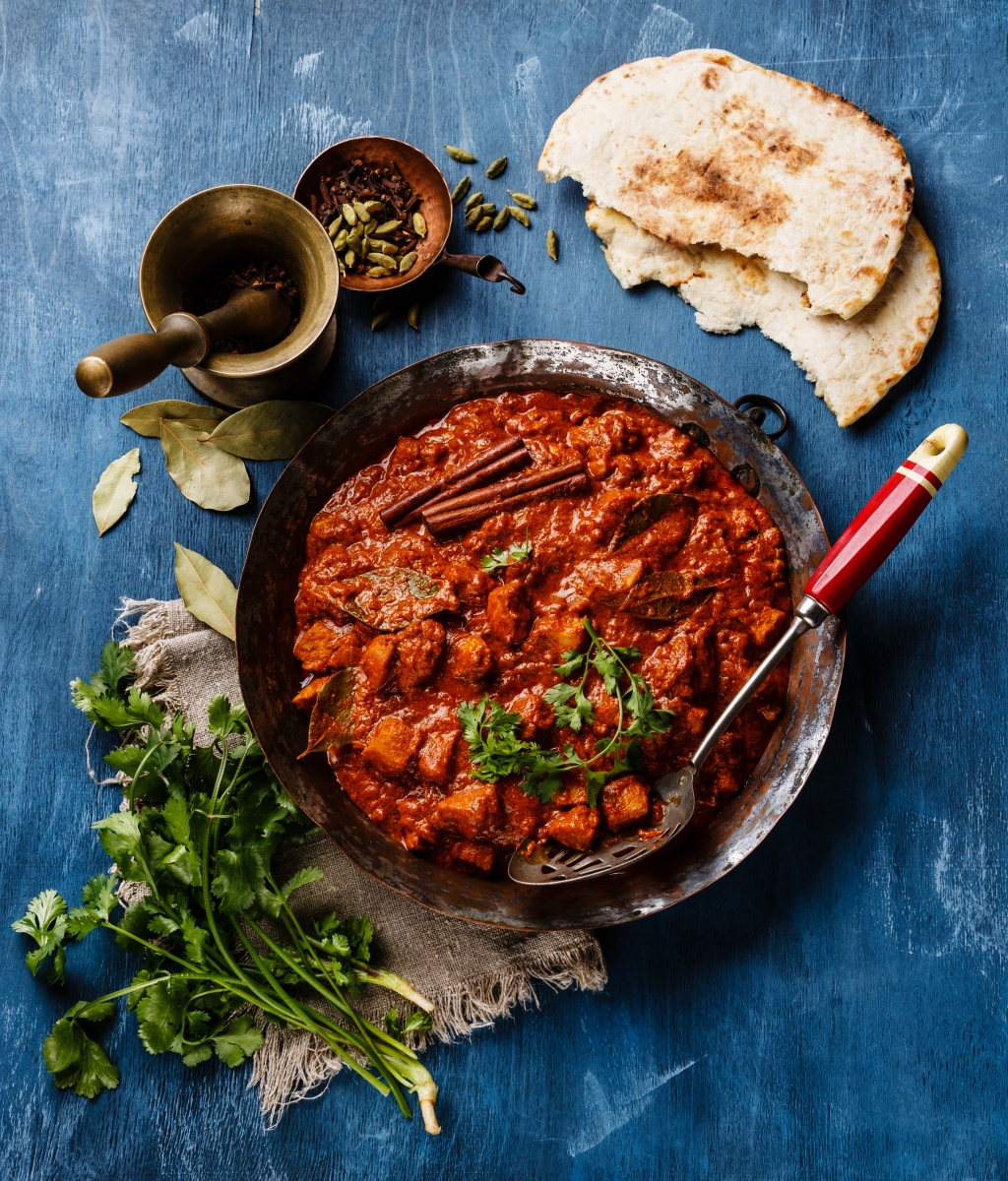
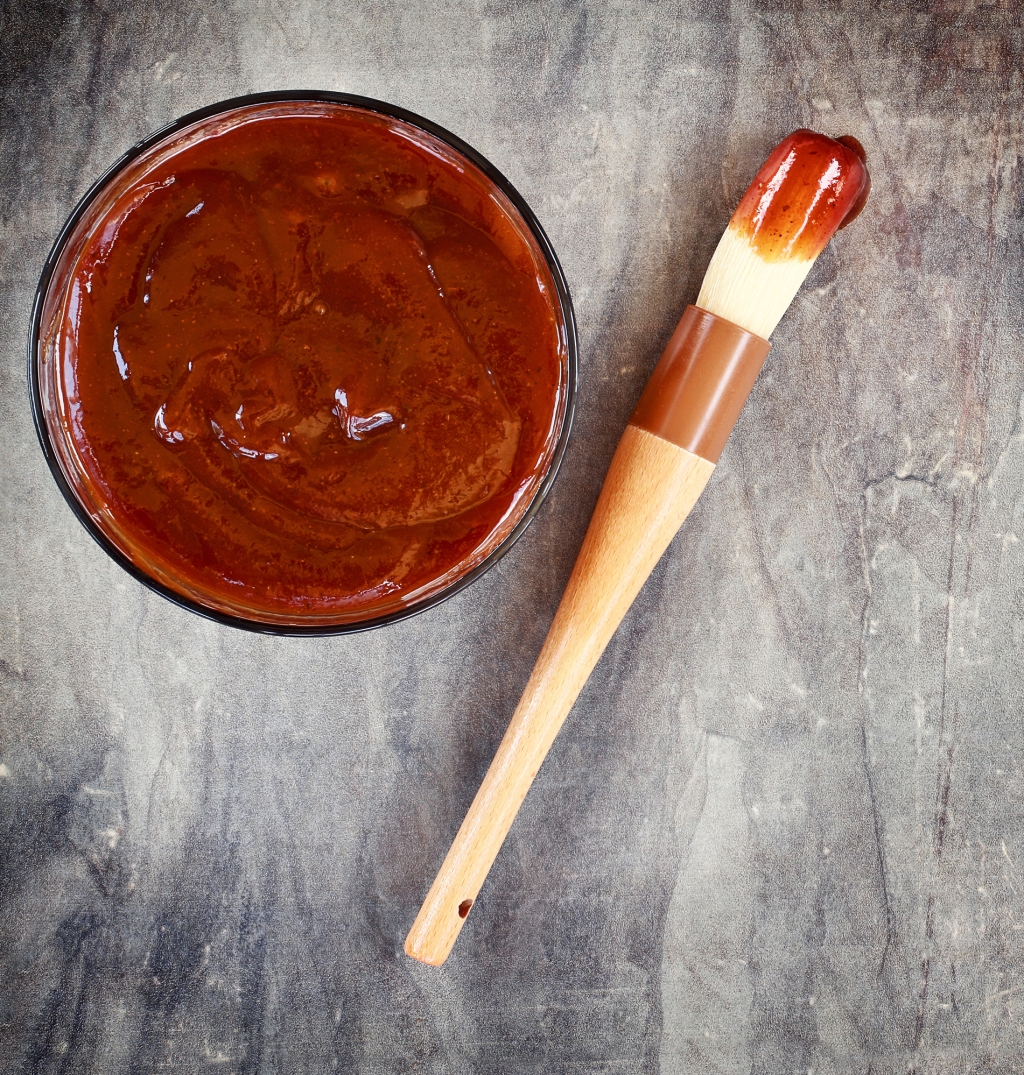

Leave a comment